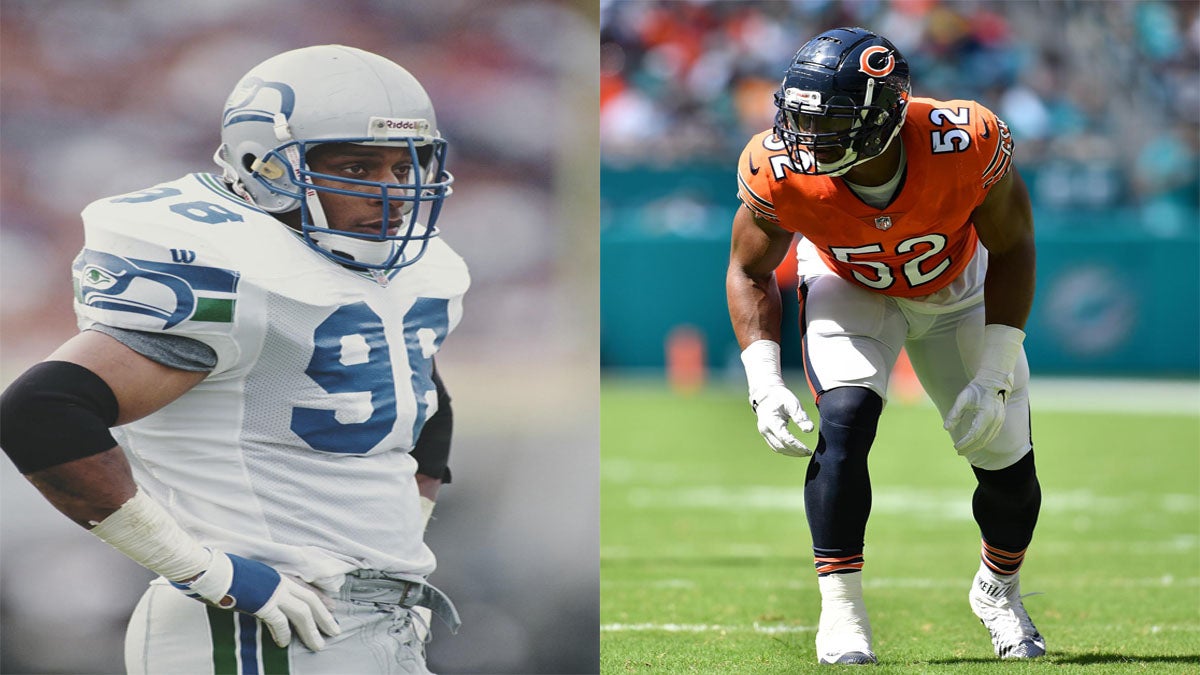NFL players moving to smaller shoulder pads

The NFL is a violent sport where players frequently get injured. Throughout the years, the league has made changes to improve player protection. However, one trend that contradicts the NFL’s desire to maintain safety is that players are wearing less and thinner padding.
Football equipment has always evolved over the years. Now, more wide receivers and defensive players prefer wearing smaller and slimmer pads compared to two decades ago.
According to current NFL players, smaller pads improve their agility and quickness, freeing a player to try to catch a ball or make a tackle.
“For a receiver, it’s about speed downfield and getting in and out of small gaps between the defenders as fast as you can,” Baltimore Ravens wide receiver Willie Snead said in an article in the New York Times. Snead agreed that players, especially receivers, are weighed down by extra padding.
The trend of smaller pads may not seem safer, but for players, too much padding that slows a player could be costly. Wide receivers and running backs, outside of the quarterback, are the most likely to touch the football and rely on their speed and physical abilities to make a play. “Right now, a good receiver doesn’t have to get hit that much. The only time you really get hit is when you’re getting tackled,” Sneed said.
On the opposing side, defensive backs prefer to have the minimum padding allowing more movement to tackle or make a play, such as an interception or forced fumble. Philadelphia Eagles defensive end Michael Bennett said that smaller pads make him a better pass rusher.
“I’ve got complete range of motion and I use my hands more instead of just throwing my shoulder into someone,” Bennett said. “I engage with an offensive lineman the right way – with outstretched arms.”
The NFL does have significantly less strict policies when it comes to padding in contrast to the NCAA and high school football. From the Times article: “All high school and NCAA players are required to wear hip, thigh and knee pads, but in the NFL rulebook, hip pads are merely ‘recommended.’ The standard requirement for padding includes a helmet, thigh, knee and shoulder pads, however, “most knee pads are smaller than a slice of bread and wafer-thin.”
Current Baltimore safety Eric Weddle stated “nobody wears hip pads in the NFL. We believe an extra pad might give a fast wide-receiver six inches of separation from us in coverage and that might cost our team a touchdown.”
The mentality that less padding will make the player better is certainly one way to look at it, however, player injuries becoming more frequent (up 13.5 percent in 2017 from 2016). The NFL has implemented more rule changes to emphasize the player protection, including the use of helmet and on calls for roughing the passer, which could help players who prefer to wear lighter and fewer pads.
Tyler Dare is a senior journalism major at Arizona State University


